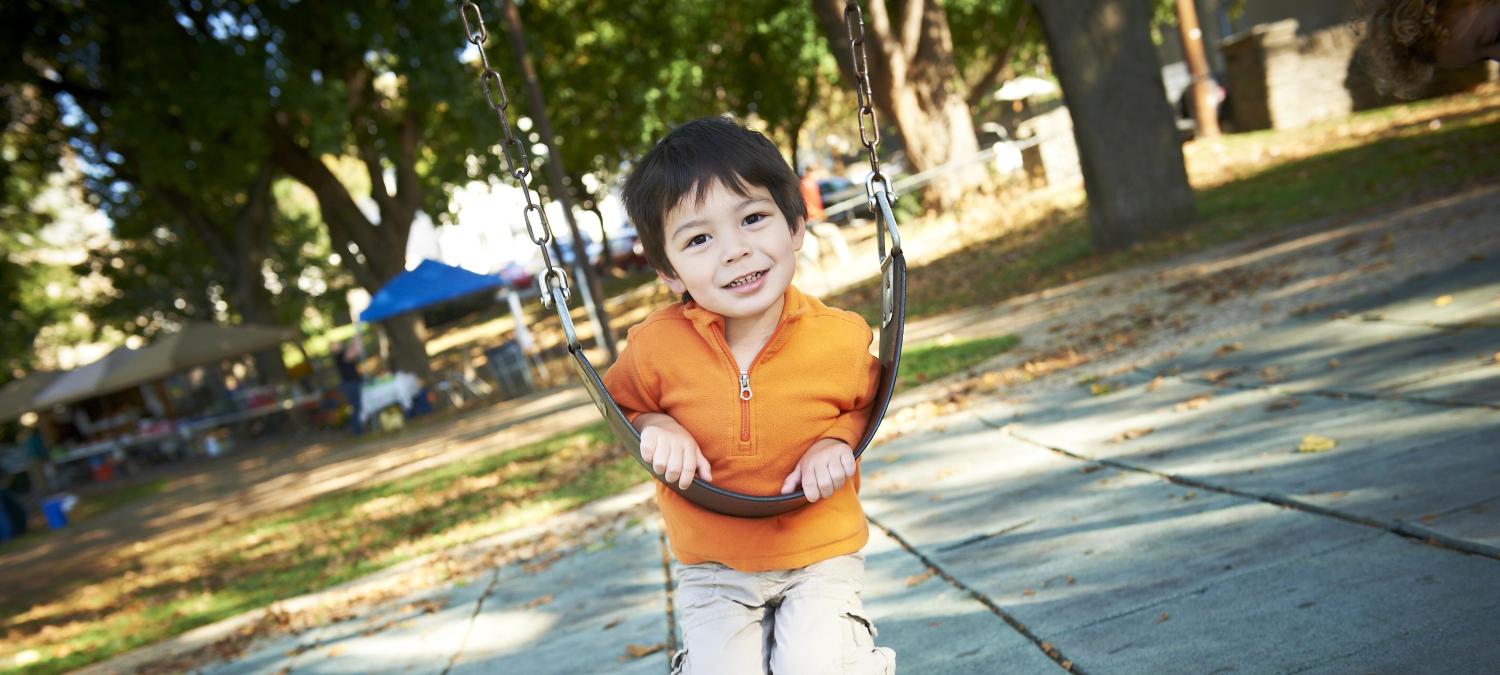

Publications
Search Tips
- Dec 2025
Image PolicyLab’s 2025 Year in Review includes exciting research developments, policy wins and connections in the community. Hear from several of our team members as they put our evidence-to-action model into…
- Dec 2025
Health systems are built to respond reactively to health concerns, but improving health—while reducing health disparities—requires creative thinking and proactive planning at multiple levels within and beyond the walls of the health care system. In our Population Health Sciences…
- Dec 2025
Caregivers’ health shapes children’s health. That’s why we lead research on how systems can better help meet caregivers’ and families’ needs.Our unique position within a pediatric health system allows us to collaborate with community partners to bridge health, education, public benefit…
- Nov 2025
Objective: To assess the association between opioid exposure in the childbirth period and persistent postpartum opioid use and to evaluate whether there are differential associations based on specific medication exposure.Methods: Retrospective cohort study that used 2015-2021…
- Nov 2025
Hospital-at-home (HaH) seeks to deliver hospital-level services in the home setting for patients with acute illness. For more than 30 years, these programs have been found to be safe and cost-effective for adults, with outcomes comparable to traditional hospital care. HaH care models…
- Nov 2025
OBJECTIVEStructural and socioeconomic barriers contribute to disparities in follow-up care. This study explores whether neighborhood conditions, as measured by the Child Opportunity Index (COI), are associated with follow-up among adolescents who screened positive for depression or…
- Oct 2025
ObjectiveEmerging evidence has demonstrated mixed results regarding the ability of unconditional cash transfers to intervene on the pathway between poverty and adverse term infant outcomes. Parents of preterm infants with lower incomes endure significant financial and psychological…
- Oct 2025
To access the editorial, click here. A JAMA study by Ye Shen and colleagues explored health insurance coverage throughout childhood, illuminating the churn families experience in the health insurance market and the importance of public insurance programs. This accompanying…
- Oct 2025
The 2021 expanded Child Tax Credit (ECTC) provided families with six monthly cash transfer payments disbursed between July and December 2021, with the goal of alleviating financial strain during the COVID-19 pandemic. These payments reduced child poverty and food insufficiency and…
- Oct 2025
OBJECTIVEThe Family Bridge Program was developed at a single pediatric hospital to improve outcomes for hospitalized children from families of color, who are low income, or who speak a language other than English. The program uses a family navigator (“Guide”) that supports families via…